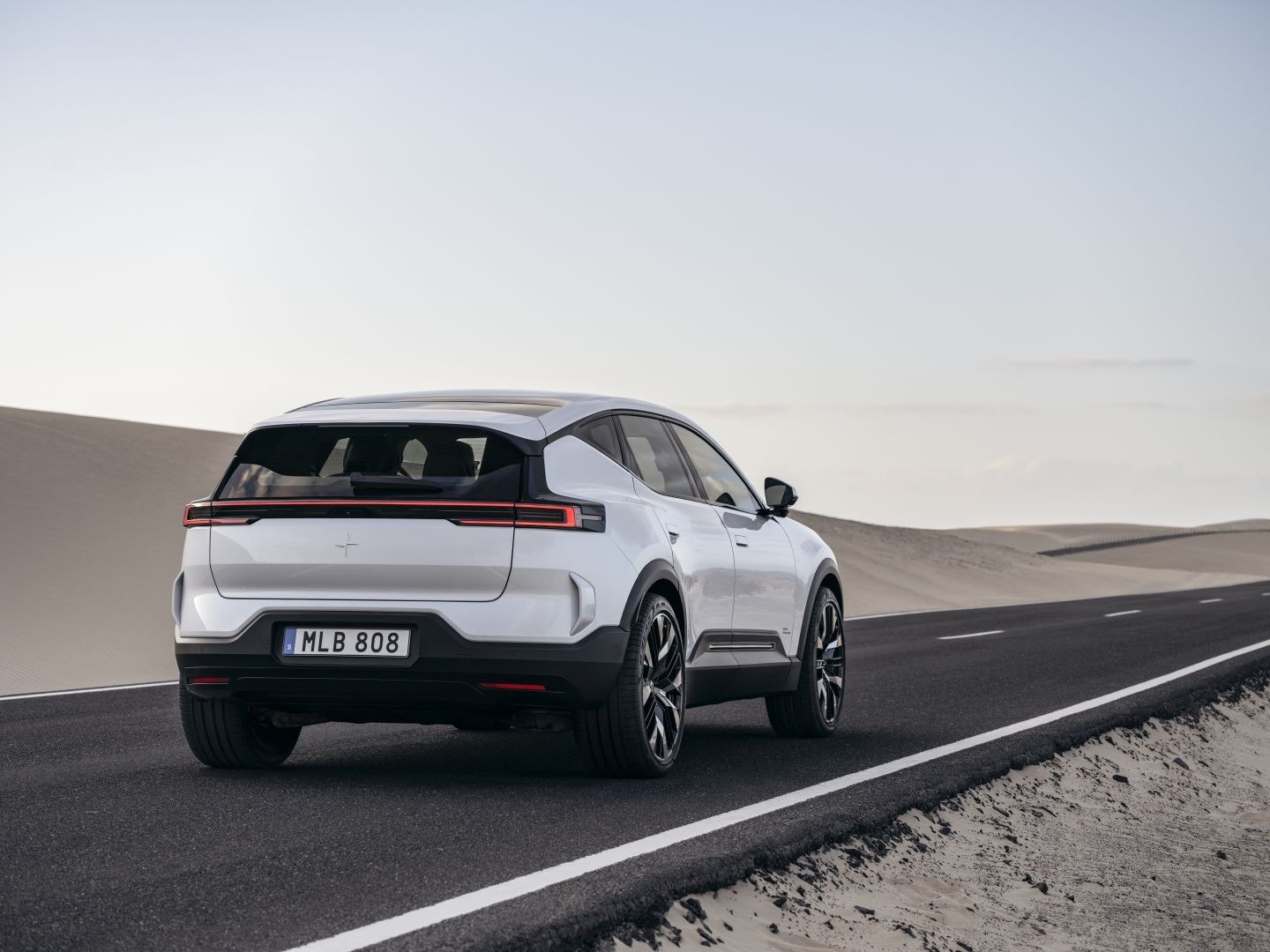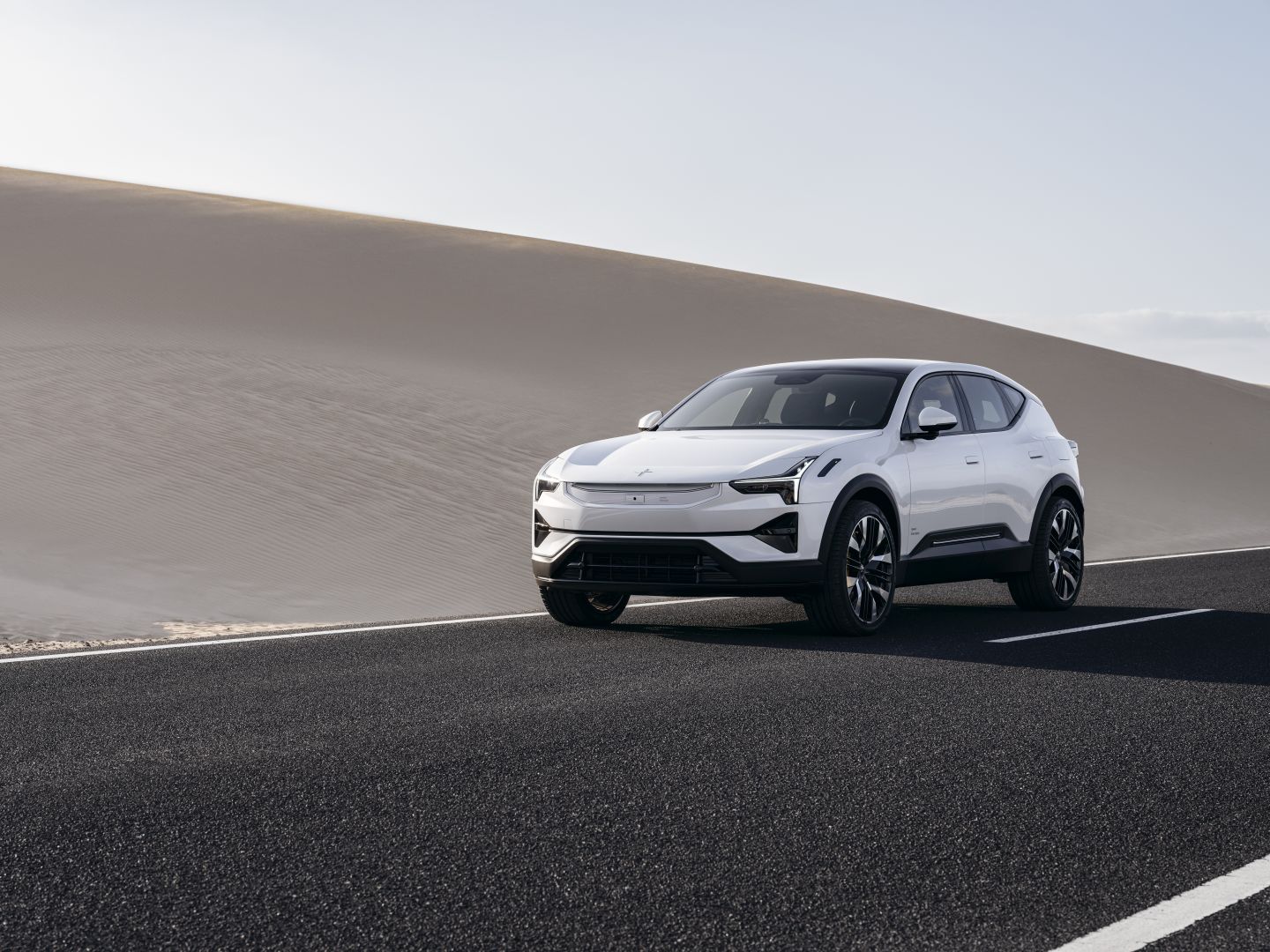Polestar has commenced production of its Polestar 3 SUV at its newly established US manufacturing plant in South Carolina, a pivotal step forward for the electric vehicle brand.
This development marks a dual achievement for Polestar: it signifies the company’s entry into American manufacturing while also solidifying the Polestar 3’s status as a globally produced model, complementing the existing production line in China, operational since February.

The South Carolina facility will serve as a production hub for the US market and also export vehicles to Europe, positioning Polestar to capitalize on the robust global demand for SUVs.
The company’s strategic expansion continues with plans to produce the Polestar 4 compact crossover in South Korea, scheduled to commence in mid-2025.
This multifaceted manufacturing approach underscores Polestar’s commitment to meeting the rising global appetite for electric vehicles and reinforces its position as a key player in the burgeoning EV market.
The Polestar 3 and Volvo EX90 are electric siblings sharing a common DNA but with distinct personalities. Both SUVs are built on Volvo’s cutting-edge SPA2 platform, a testament to the company’s commitment to electric mobility.
While the EX90 offers a spacious three-row layout to accommodate larger families, the Polestar 3 prioritizes a sportier, driver-focused experience with its five-seat configuration. Under the skin, both models house identical 111 kWh battery packs, but the Polestar 3’s slightly lower weight translates to an EPA-estimated range of 315 miles compared to the EX90’s 300 miles.

Powering both SUVs is a dual-motor setup delivering impressive performance, with the Polestar 3 holding a slight advantage in both horsepower and torque.
Interestingly, these closely related electric vehicles will share the same production line at Volvo’s South Carolina plant, marking a significant milestone in the company’s electrification journey. This strategic move not only optimizes production efficiency but also underscores the shared technological foundation between the two models.

